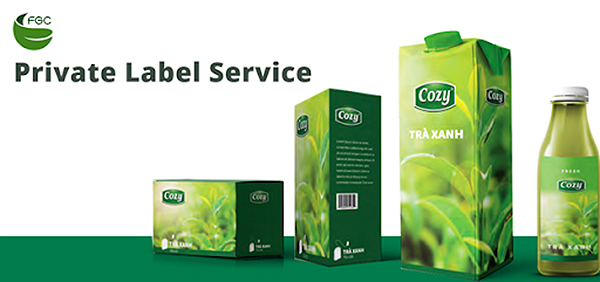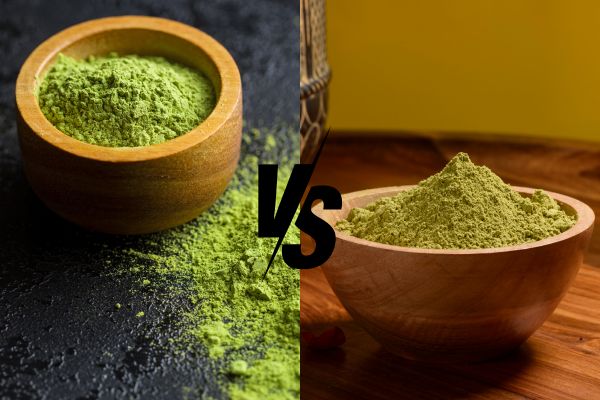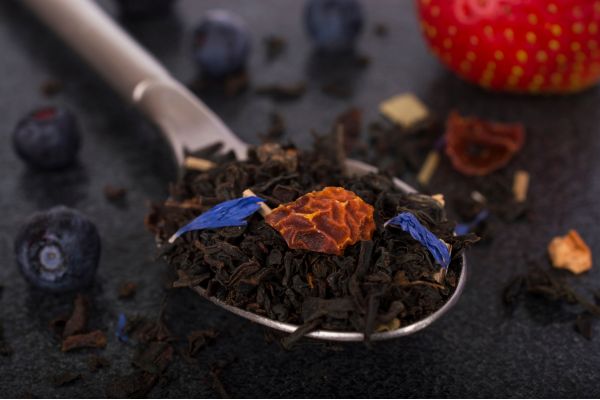It is said that Vietnamese tea history has more than 4000 years of cultivation. Since the Hung Kings dynasty, Vietnamese people have grown and used tea as a drink. Through many generations of cultivating tea, Vietnam has become one of the World’s top tea-producing countries.
Let’s take a look at the long history of Vietnam tea through many milestones in the following parts of this article.

Contents
1. The origin of Vietnamese tea history started in The Hung Kings dynasty
There is a lot of controversy about the places people have found and grown tea trees in the world. However, Yunnan Province (China) and Vietnam are proven to be the origins of tea in the world. Based on history books and stories, since The Hung Kings dynasty, Vietnamese people have had a tea-drinking habit.

Vietnamese archeology has found traces of fossilized leaves and tea plants in Phu Tho. There is a wild tea forest with tens of thousands of trees in Suoi Giang (Van Chan, Nghia Lo district, Yen Bai province). In the tea forest, people found three ancient tea trees reaching a height of 6 to 8 meters. In Lang Son, people have also found a wild tea forest with trees up to 18m. The primitive tea tree is considered to have existed from 4000 to 5000 years ago.

Related post: How to make Vietnamese tea – A guideline to enjoy our tea easily!
2. Vietnamese tea history under 1000 years of Chinese rule
According to the Han Nom documents on Vietnamese agriculture and Van Dai in the language of Le Quy Don – 1773 (Vietnam’s first encyclopedia), Vietnamese people kept their habit of drinking tea. Through many generations of agricultural development, they have left two large tea regions:
- Fresh tea area of Kinh households along the river deltas providing fresh tea, tea buds, etc.
- Forest tea area of ethnic minorities (Dao, Mong, Tay) in the Northern mountainous region providing Man tea, Chi Tea.
3. Vietnamese tea history along French colonial time (1882 – 1945)
The period 1882 – 1945 recorded a special development milestone in the history of Vietnamese tea. After the occupation of Indochina, the French developed the tea production process immediately. Tea became a rare export commodity to Europe. Here are some main features of this period:
- In 1890, the Chaffanjon Trading Company had the first tea plantation planted 60 hectares in Tinh Cuong, Phu Tho province, still bearing the name of Chu Che today.
- In 1918, Phu Tho Agricultural Research Station was established, located in Phu Ho. The most important purpose of the station is to specialize in tea research and development. The French built a 3-story tea factory making tea by natural withering method, using British mortar, etc. They also applied the agricultural techniques and advanced processing technology of Indonesia and Srilanka.
- After August 1945, the French colonialists withdrew from Vietnam, leaving two concentrated tea areas. They were the Central Highlands and the Northern Midlands and Mountains. These two regions have a total area of 13,505 hectares of tea. Their production ability is up to 6,000 tons of dry tea annually.

4. Vietnamese tea history in the subsidy period (1945 -1986)
During the 30 years of the war for independence (1945 – 1975), the scientific research facilities on tea in the North and South of Vietnam were severely damaged. Farms and processing facilities were severely damaged, not producing continuously.
Because of the help of the Soviet Union, Vietnamese people rebuilt many factories and farms. Most of the products were exported entirely to the Soviet Union.

For more information about: Vietnamese tea culture: 5 interesting facts you may not know
5. Vietnamese tea since 1986
After 1986, implementing the renovation work on the agricultural front, rural areas and farmers had a more obvious makeover in all fields. The history of Vietnamese tea has also turned to a new page.
Before 1990, Vietnam had a large and stable tea export market, including the former Soviet Union, Iraq, Great Britain, and some Eastern European countries. After 1990, the market in this region decreased to about 15,000 – 200,000 tons/year, with an export turnover of 20 – 25 million USD.
Nowadays, Vietnam’s tea export market has expanded to other countries, such as Japan, Hong Kong, Egypt, Belgium, the US, etc. Export volume in 10 years (1989-1998) was 186,000 tons, especially, in 1998, export quantity reached a high of 33,500 tons, reaching a turnover of over 50 million USD.

Currently, Vietnamese tea ranks 7th in global tea production. Vietnam’s tea products have now been exported to 74 countries and territories. According to statistics of the Vietnam Tea Association, there are 34 provinces growing tea around the country. The total area of 123 thousand hectares, the average yield is nearly 95 quintals/ha, the output is 1.02 million tons of fresh bud tea.
In today’s era, the requirements for the quality of tea are much higher than in the past, the tea products shall have the following 5 characteristics:
- The tea must have a unique taste.
- The tea must have benefits on health.
- The variety is diversified.
- The packaging is good-looking and attractive.
- The tea is convenient to brew and drink.

Therefore, to summarize the article, the research and development activities of new special teas to increase the value of Vietnamese tea products is the basic way to develop from traditional teas to diversify products. This is also the trend of developing tea products in the present and in the future.
Future Generation Company, a leading tea manufacturer and exporter in Vietnam in Renovation period, is
Accompanying the development history of Vietnam’s tea industry, Future Generation Company (FGC) is proud to be a leading enterprise in manufacturing and trading tea.
Established in 1996, FGC now has 15 tea factories across the country, with total annual export reaching nearly 20,000 tons of tea to over 50 countries worldwide. We can provide many high-quality ingredients, including black tea leaves, green tea leaves, dried flowers and herbs, natural flavors, and natural fruit extracts.
We supply tea leaves for hot brew/cold brew, instant tea powder, RTD tea. We can offer a variety of packaging designs. For example:
- Tea bag: round bag, single chamber bag, double chamber bag, triangular bag, etc.
- Tea powder: square sachets or long sticks, paper box or plastic bottle.
All our tea is produced on the modern processing lines imported from Tetra Pak (Sweden), Viking Masek (Czech Republic), or ACMA Spa (Italy). We also produce products under the strict control of quality management systems (ISO 22000, HACCP 2003, GMP, Halal). Our domestic brand named Cozy has had the largest market share in the Southern areas of Vietnam in recent years.
Future Generation Company commits to supply the safest and best quality of Vietnam tea products to our clients all over the world.

We hope the article can help you have an overview of Vietnamese tea history. Our company – FGC, focuses on producing and trading tea, we also care about history to develop our pride in Vietnamese tea.
We will update all our news on the website https://vietnam-tea.com/. You can contact our sales managers via email info@vietnam-tea.com, contact form on the website, or directly through me.
Ms. Van Anh – Sales Executives (vananh@vietnam-tea.com)










